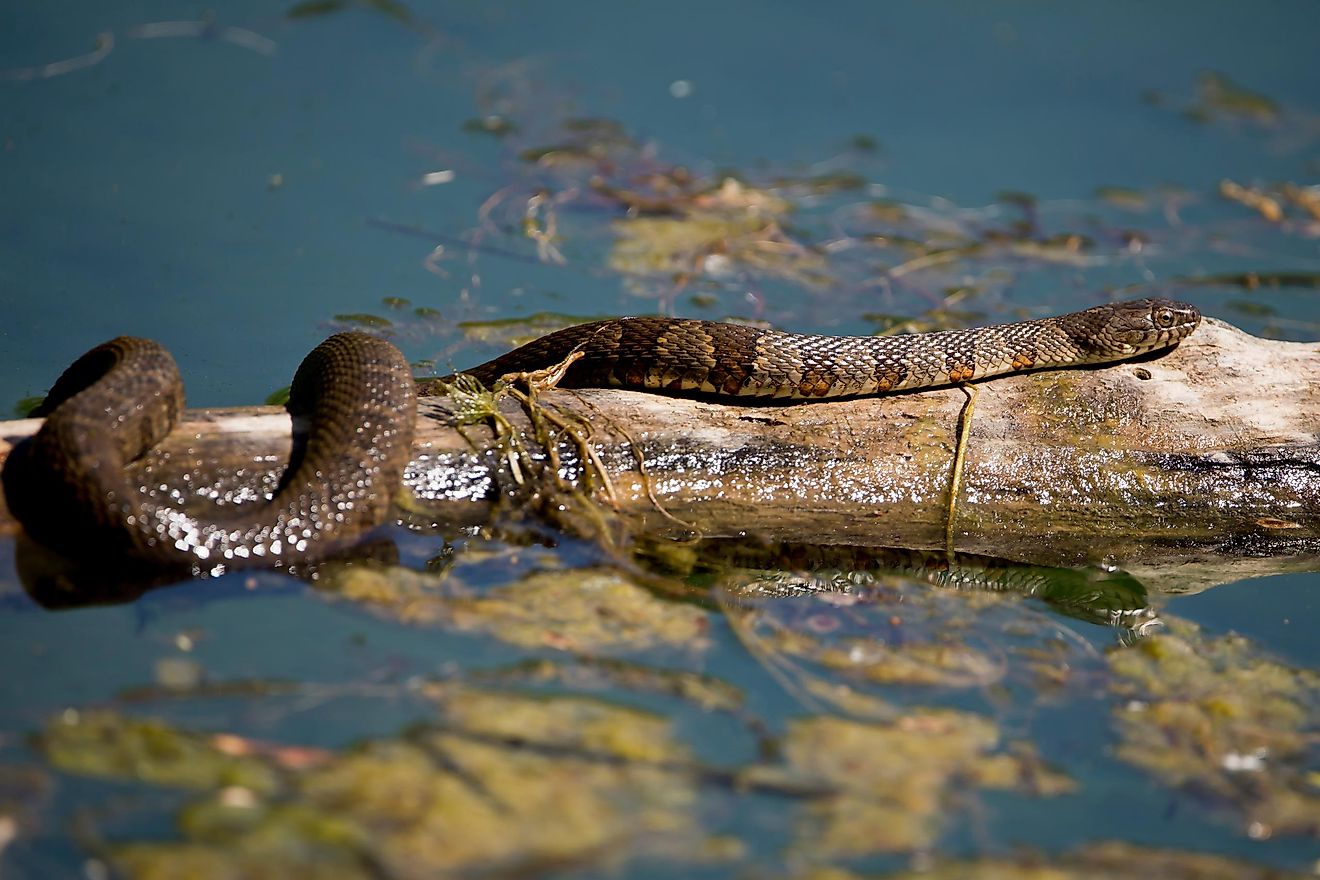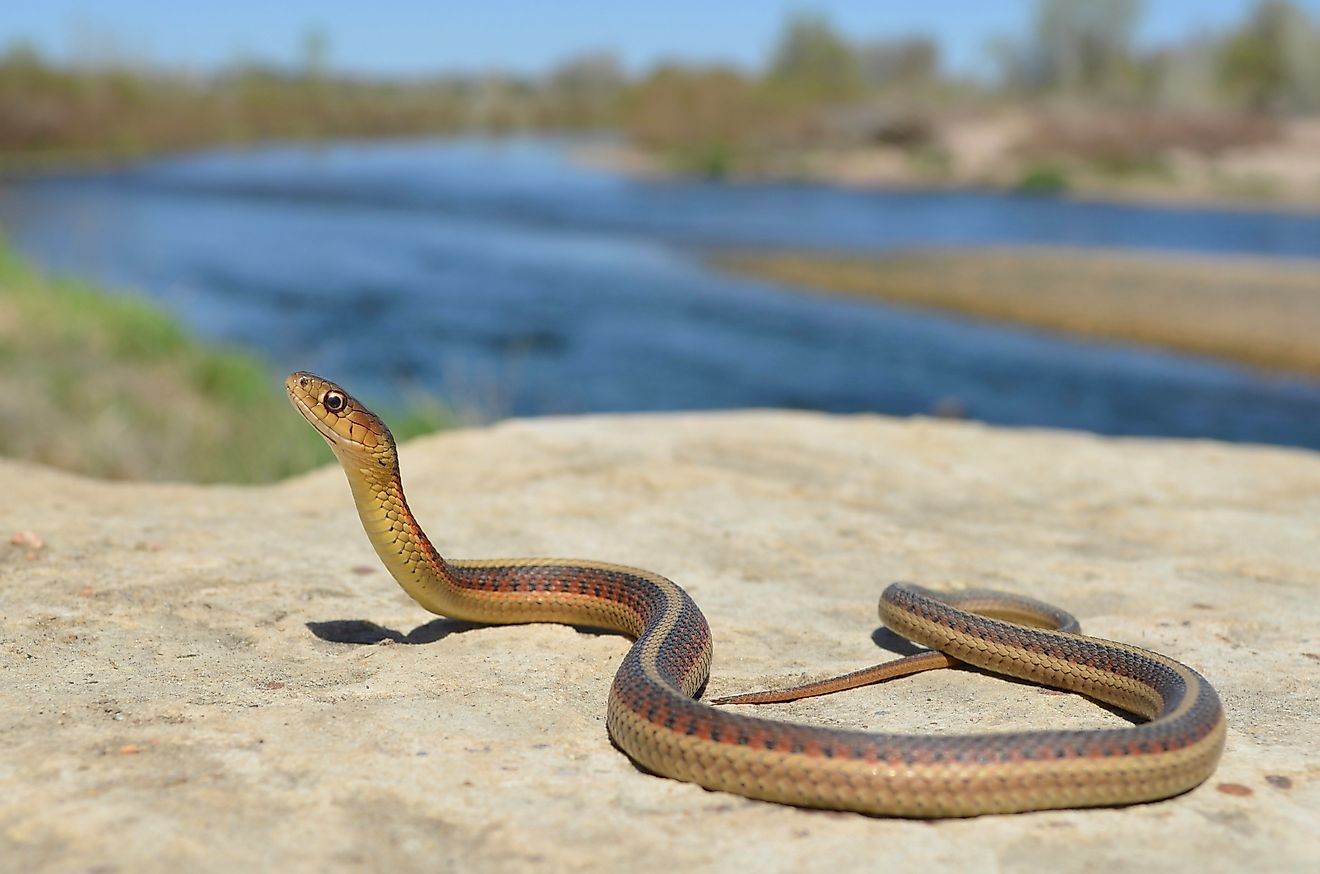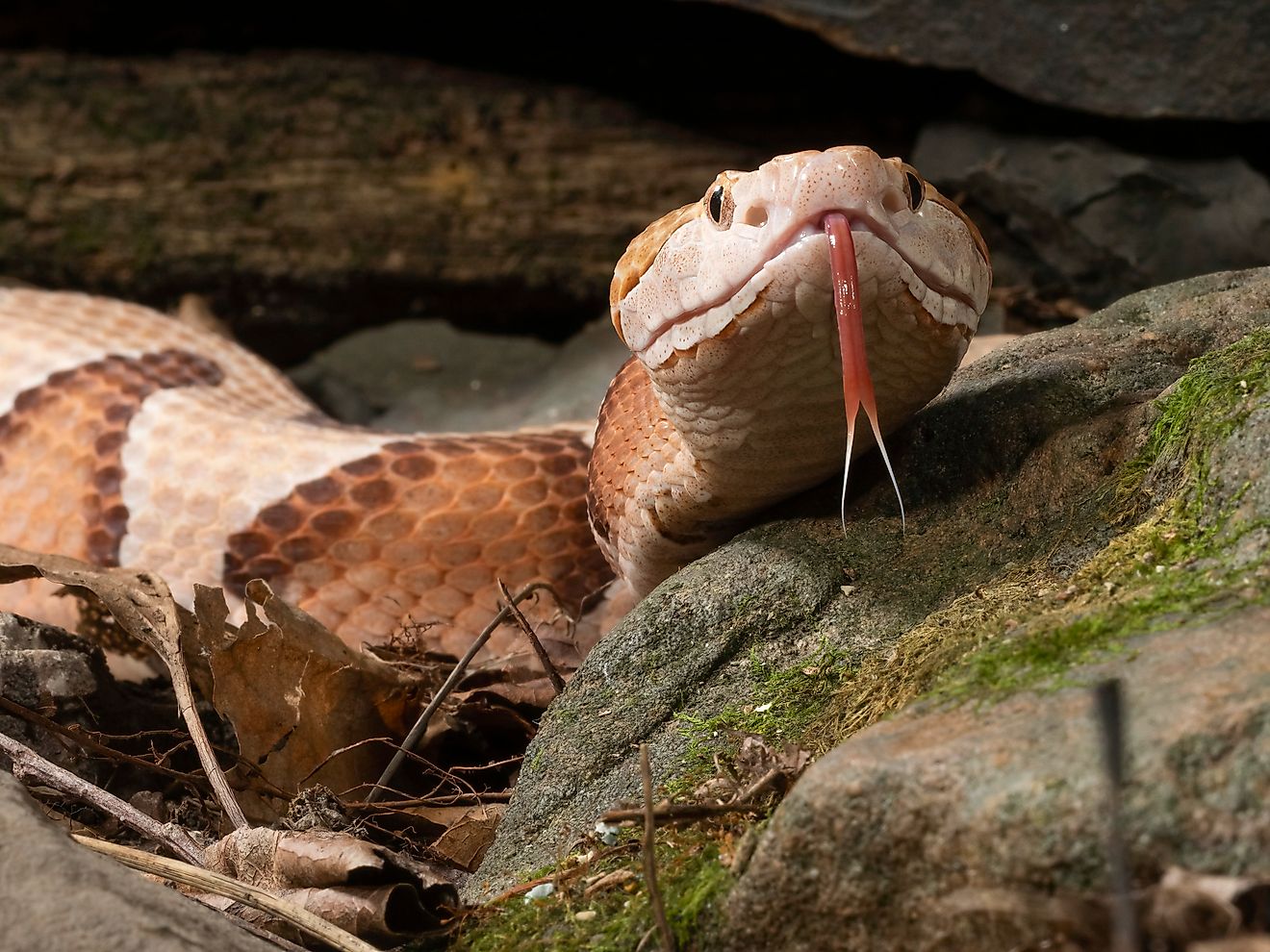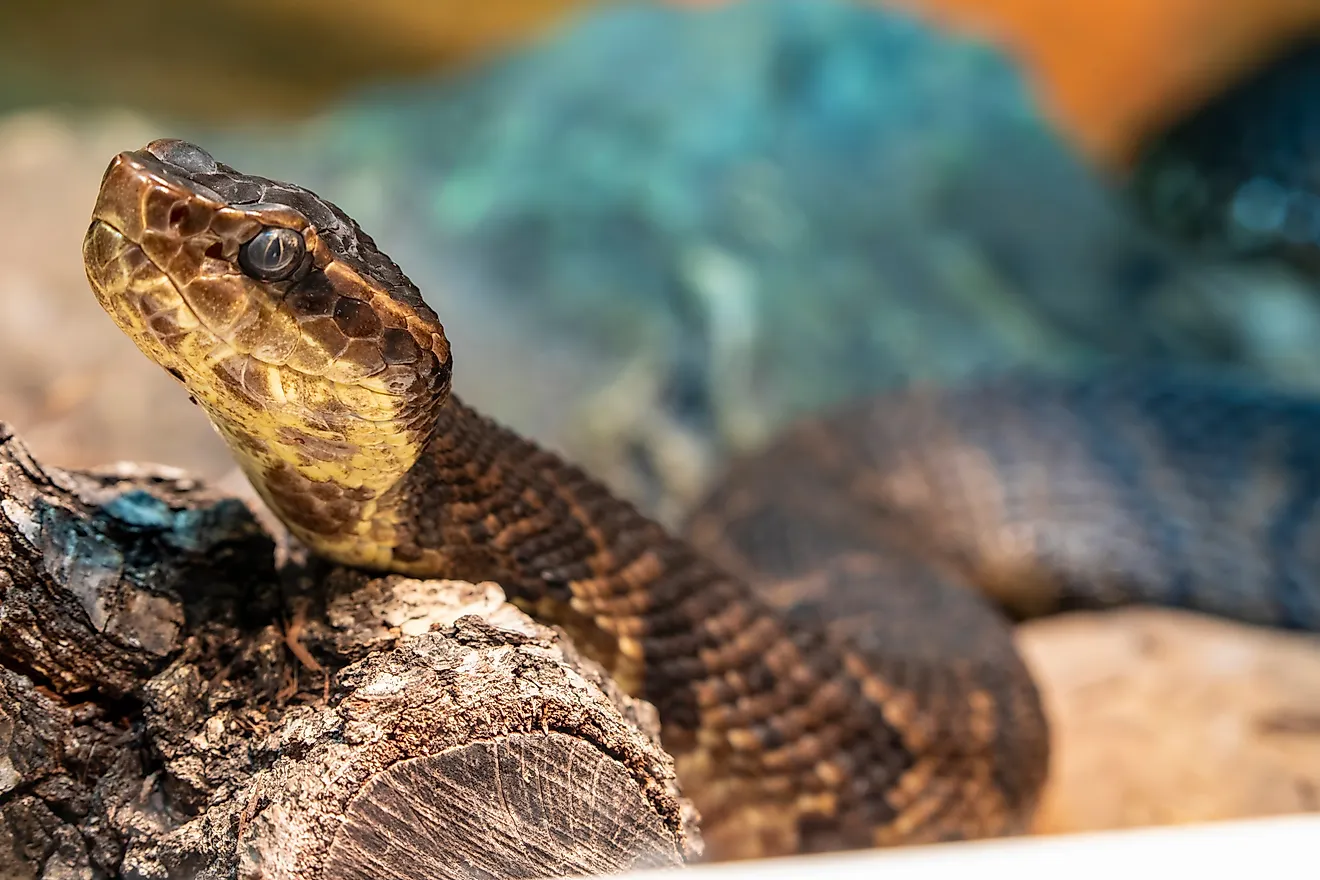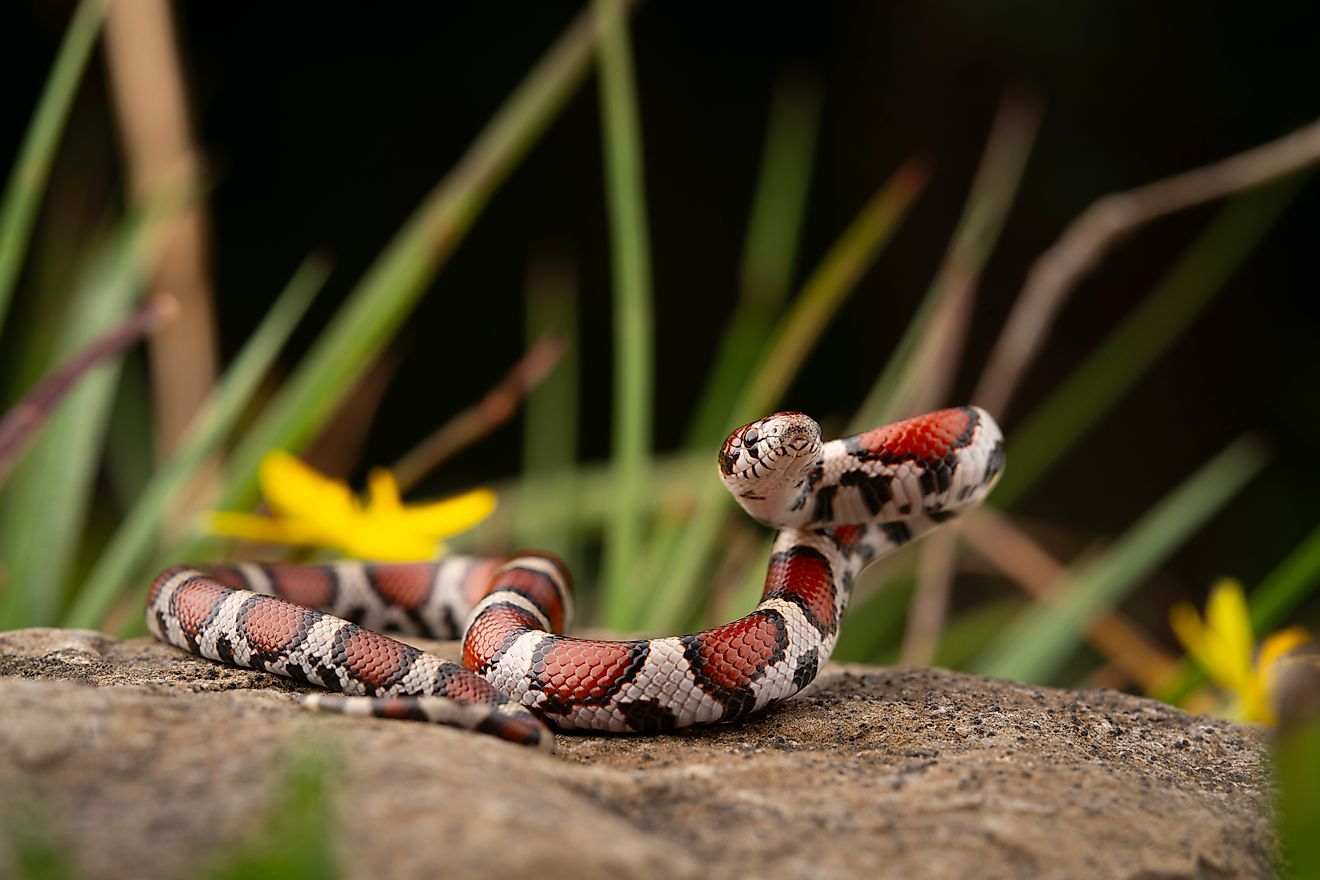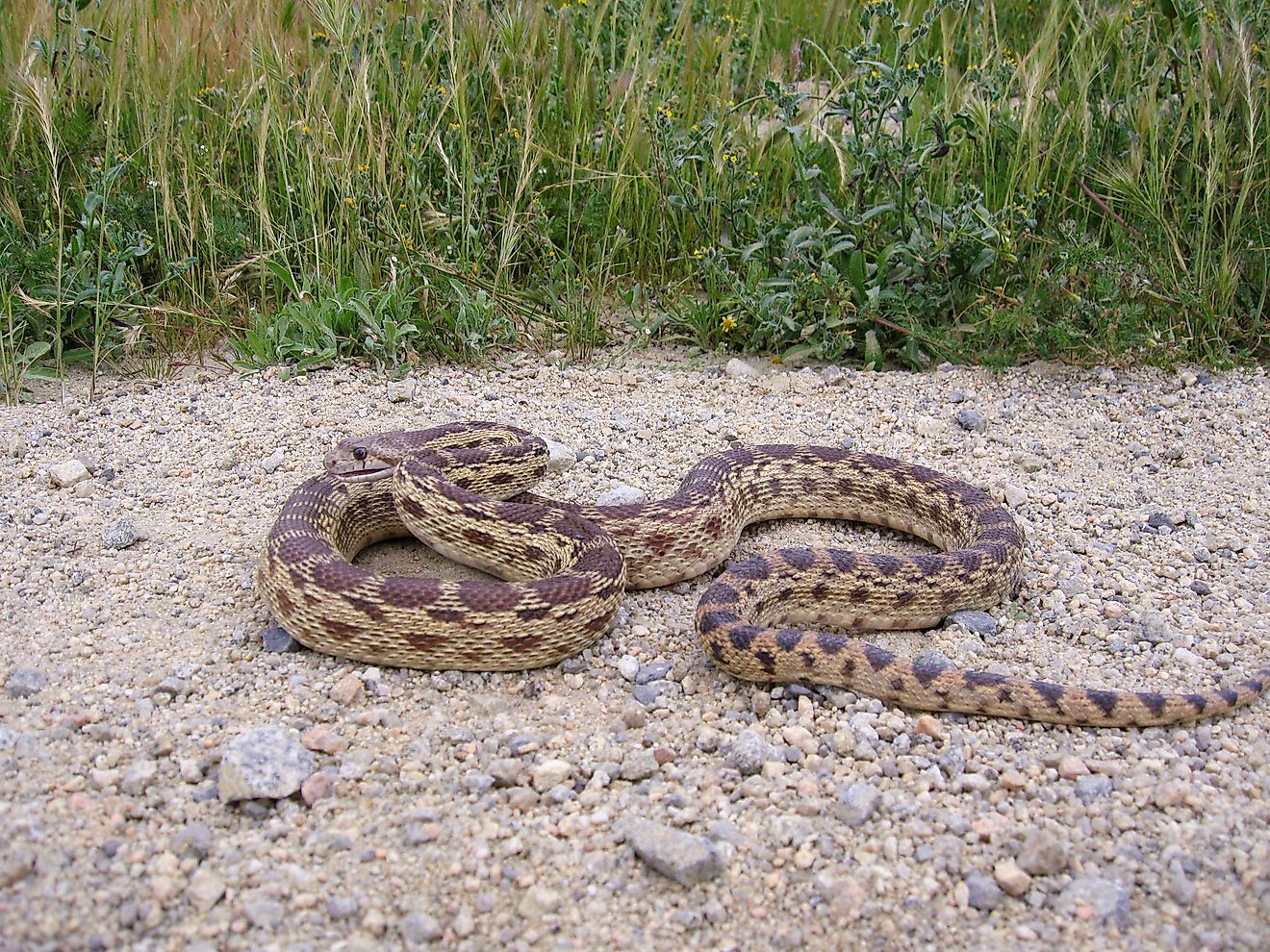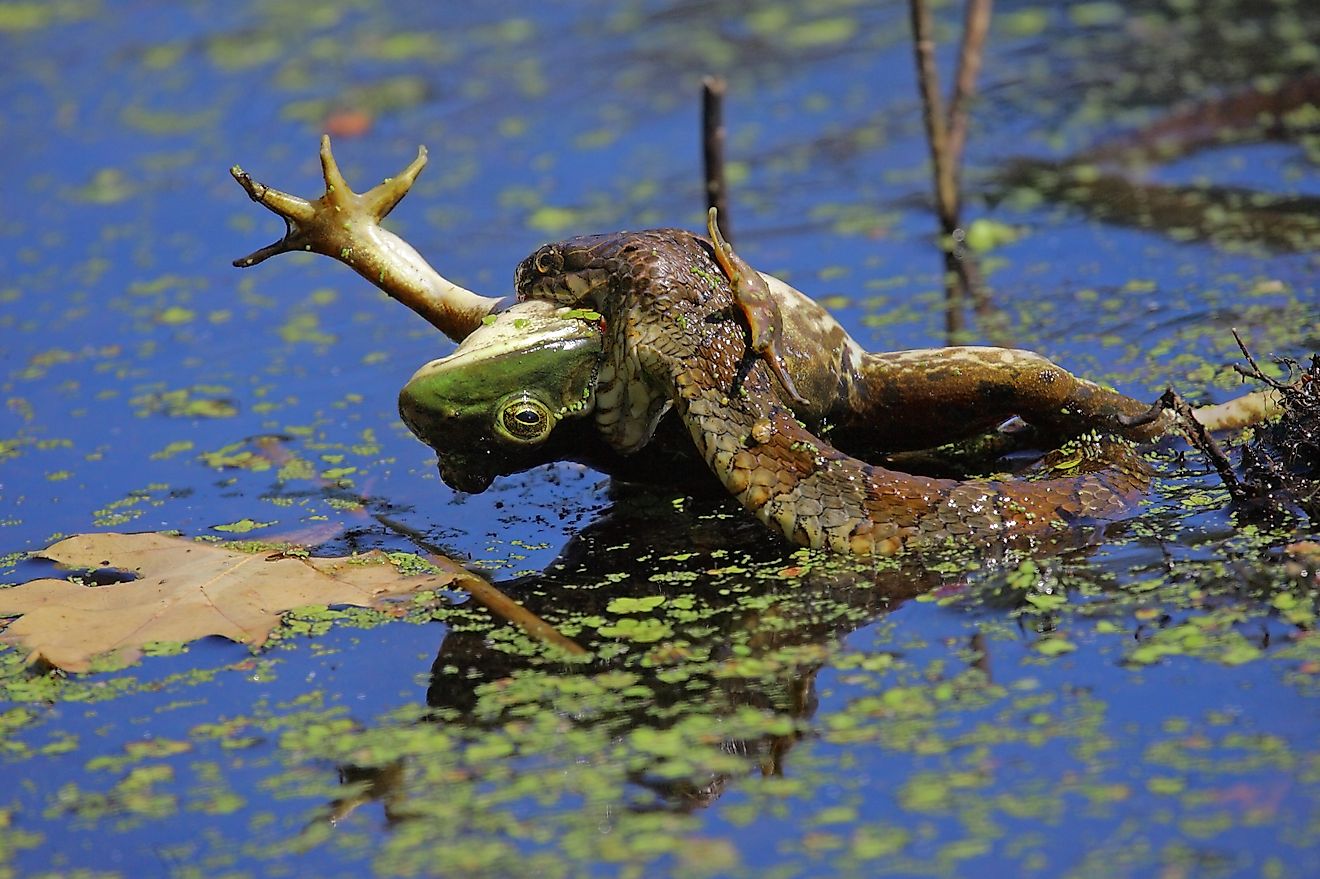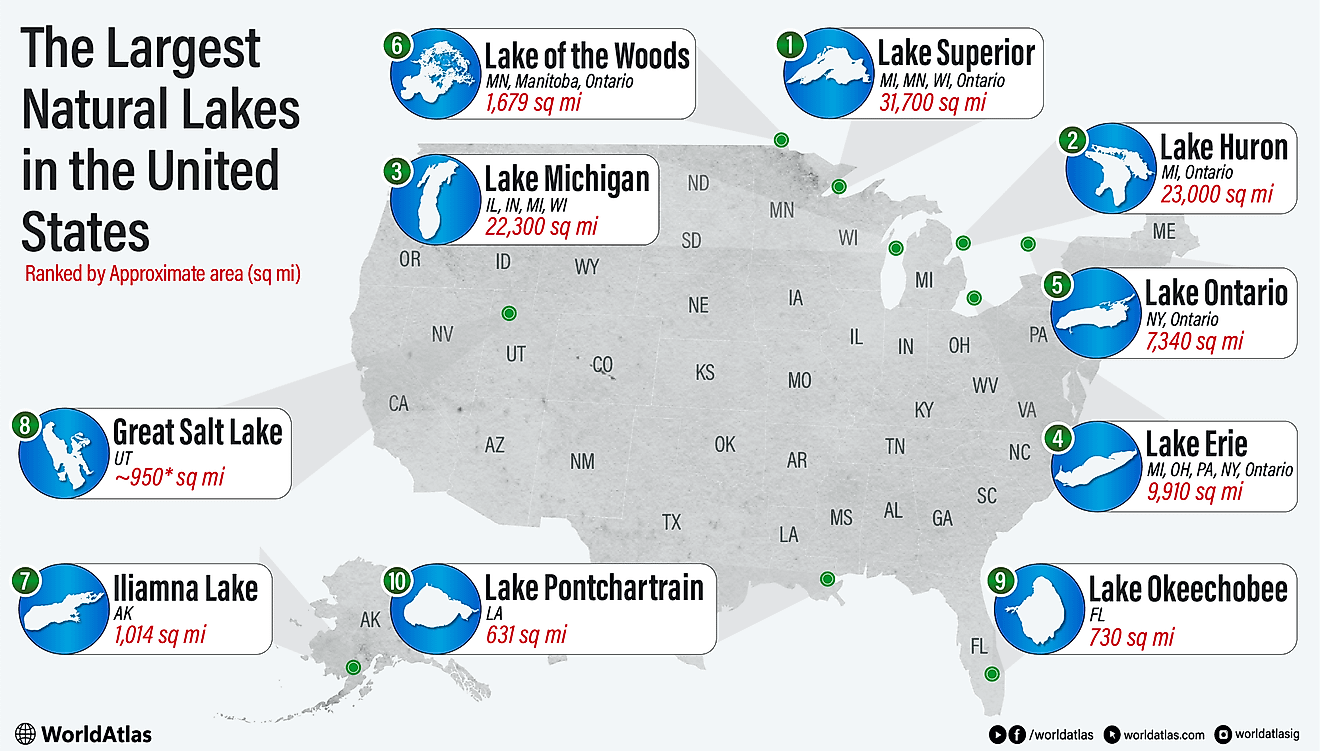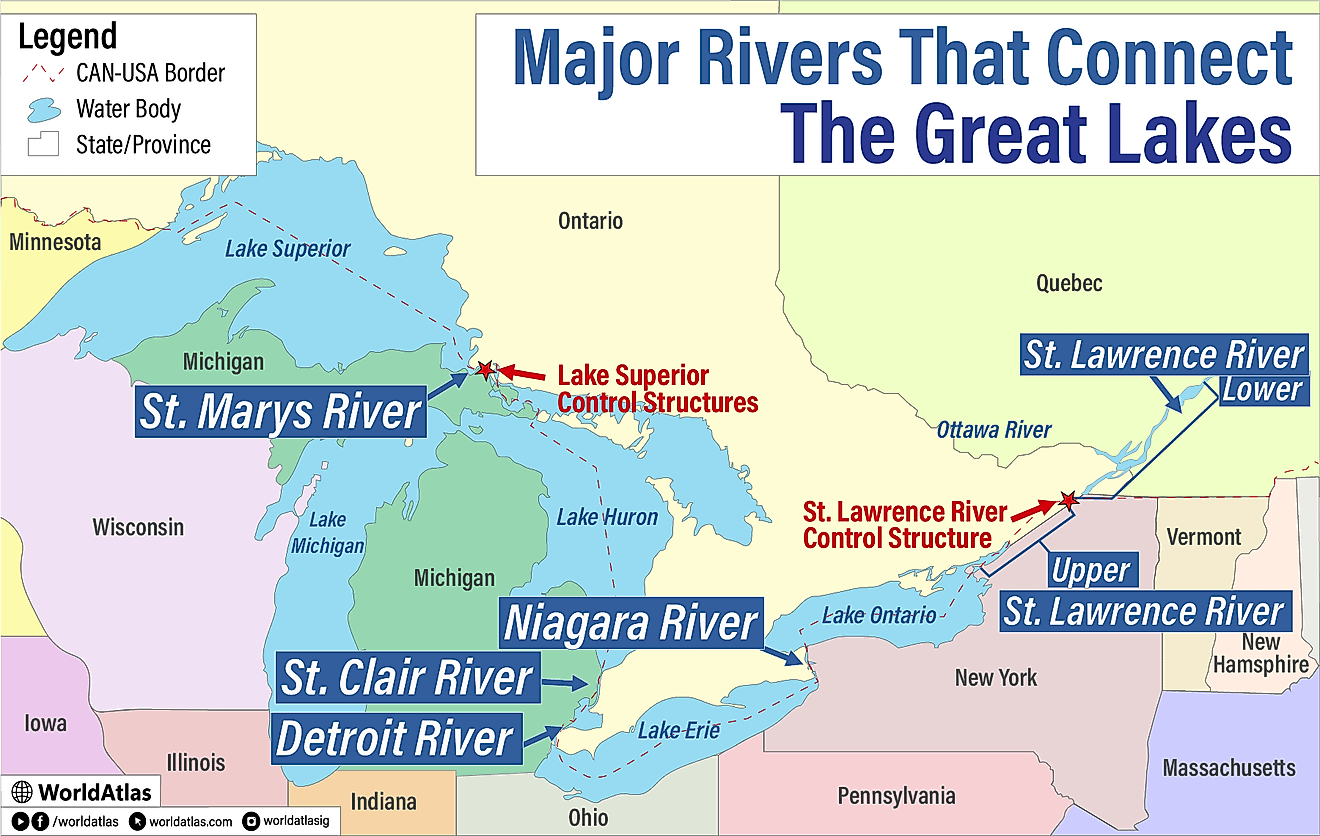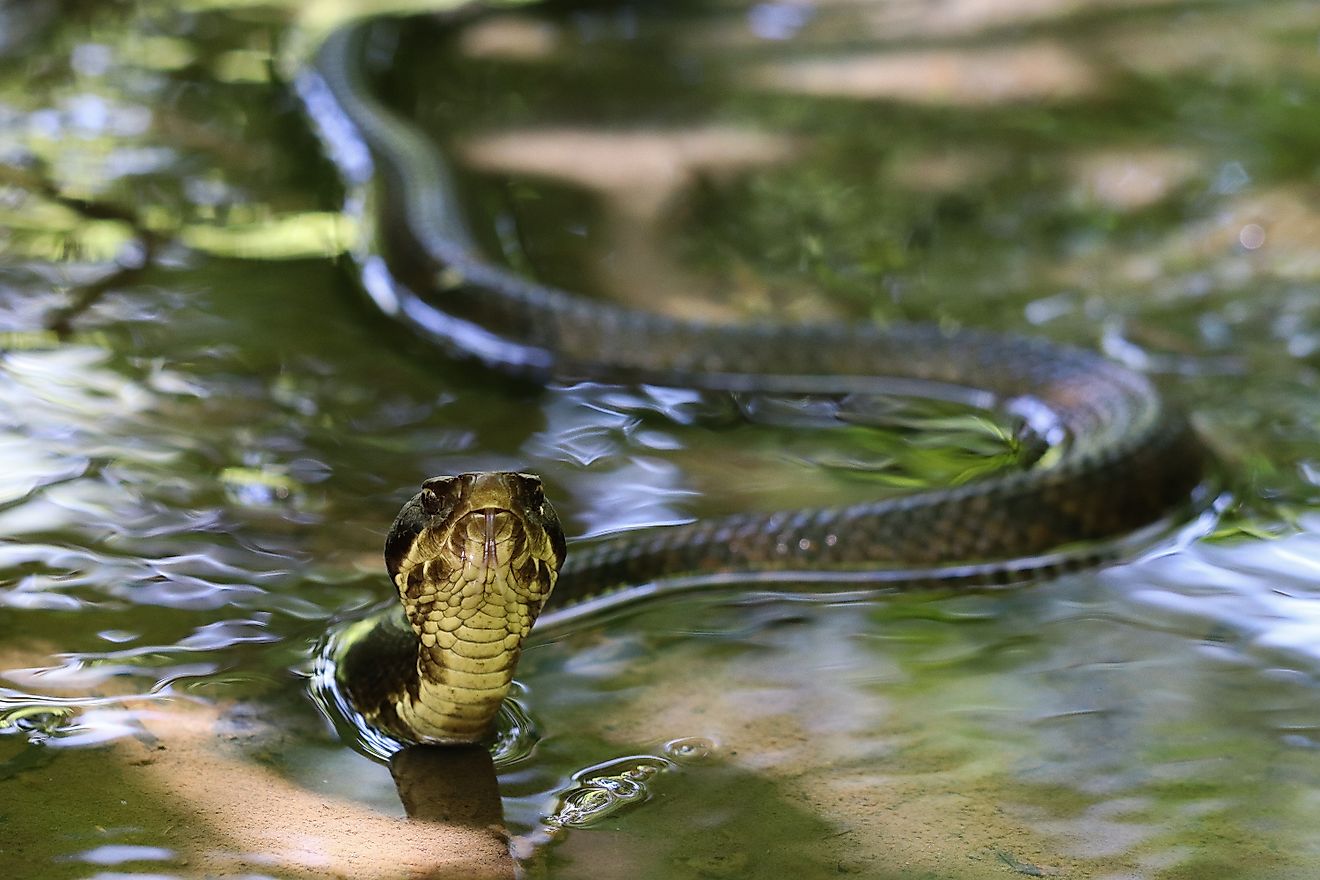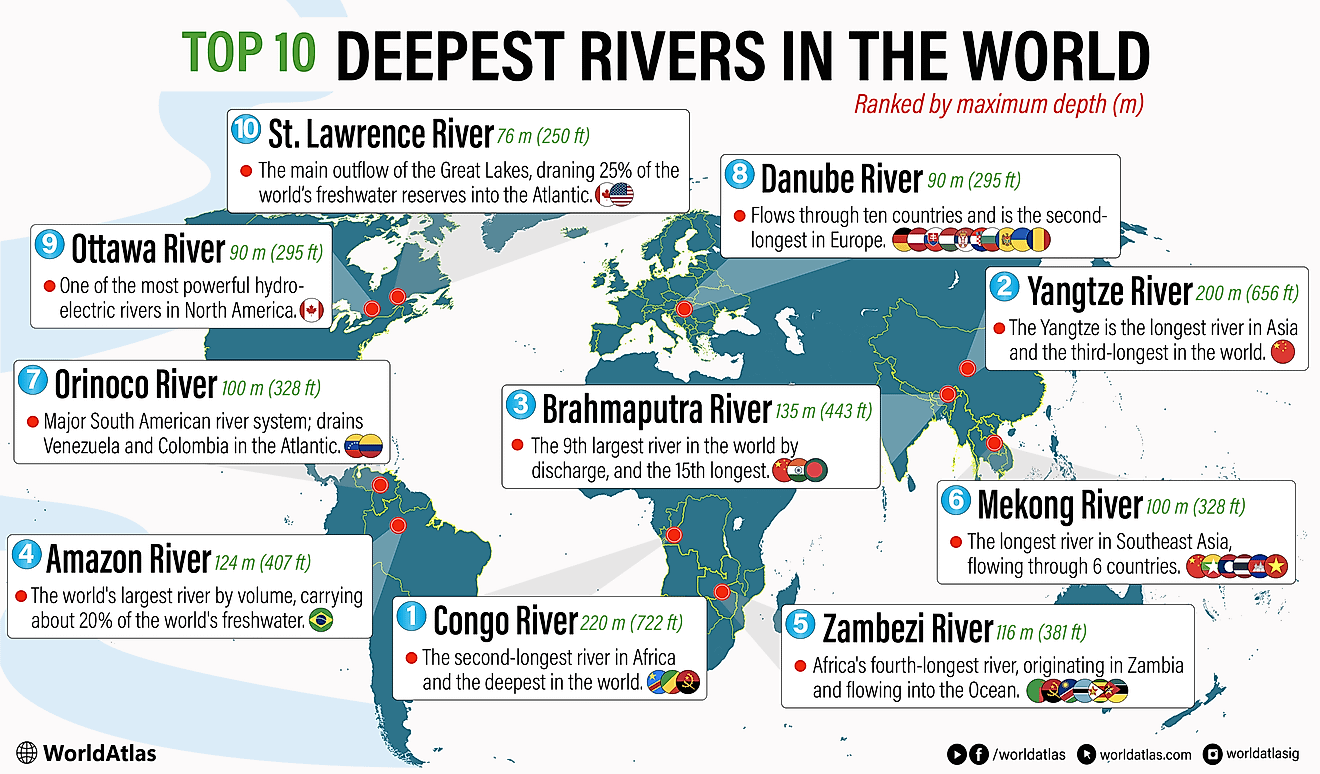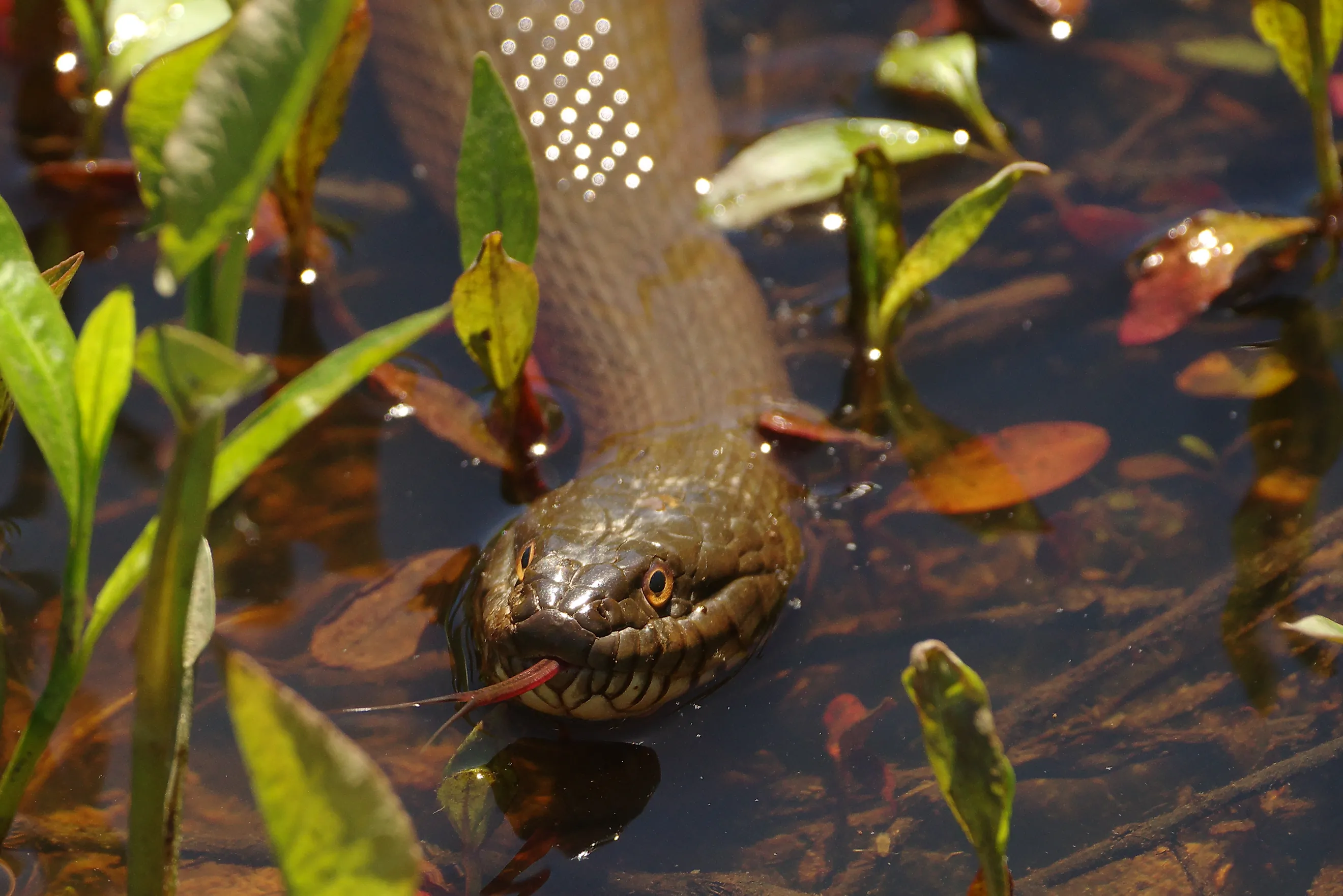
5 Most Snake-Filled Bodies Of Water In Missouri
Missouri’s plentiful bodies of water are home to more than just fish, boats, and cottagers; they’re also teeming with snakes! From serene lakes to winding rivers, these reptiles thrive in the state’s diverse aquatic habitats, no matter which corner it may be. While many may fear the occasional encounter, this article is intended to show you where to find them (or where to avoid) and how to best understand their vital roles in the greater ecosystem. Whether you're paddling around or casting a line from a secluded bit of shoreline, understanding where this interior state's snakes are most common can help you enjoy the outdoors regardless, while staying aware and safe.
Lake of the Ozarks
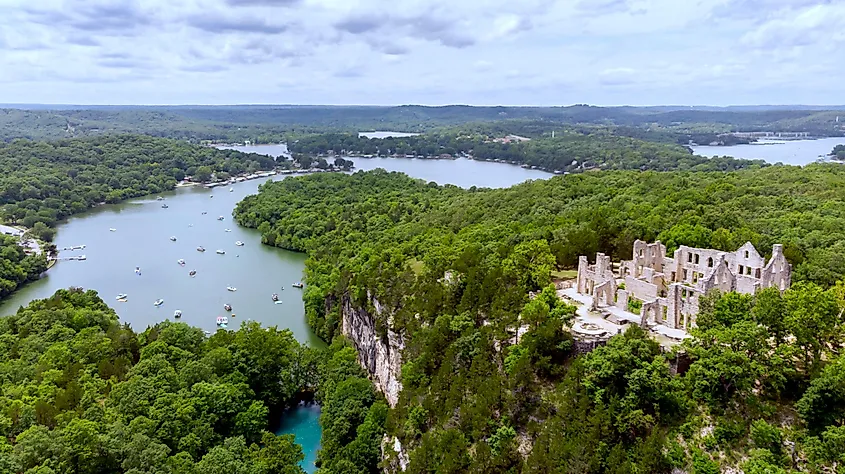
Missouri’s Lake of the Ozarks is often cited as one of the state's most snake-populated bodies of water. Sprawling across four counties and featuring about 1,150 miles of shoreline, the lake's vast network of coves, wetlands, and rocky banks creates a prime environment for snakes and other reptiles, including 25 different species in the region (a part of the Ozark National Scenic Waterway).
Among the species commonly encountered are northern water snakes, speckled kingsnakes, and the venomous copperhead. While sightings are more frequent in the warmer months of the year, snakes can be spotted basking on docks, swimming across coves, or hiding among shoreline debris almost year-round.
Moreover, the lake’s popularity with boaters, swimmers, vacationers, and cottagers means human encounters with snakes are not uncommon, especially in quieter, less-trafficked areas. Although most of the snakes here are non-venomous and tend to avoid confrontation, caution is advised when exploring secluded coves, fishing near the banks, or wading in shallow waters.
Current River
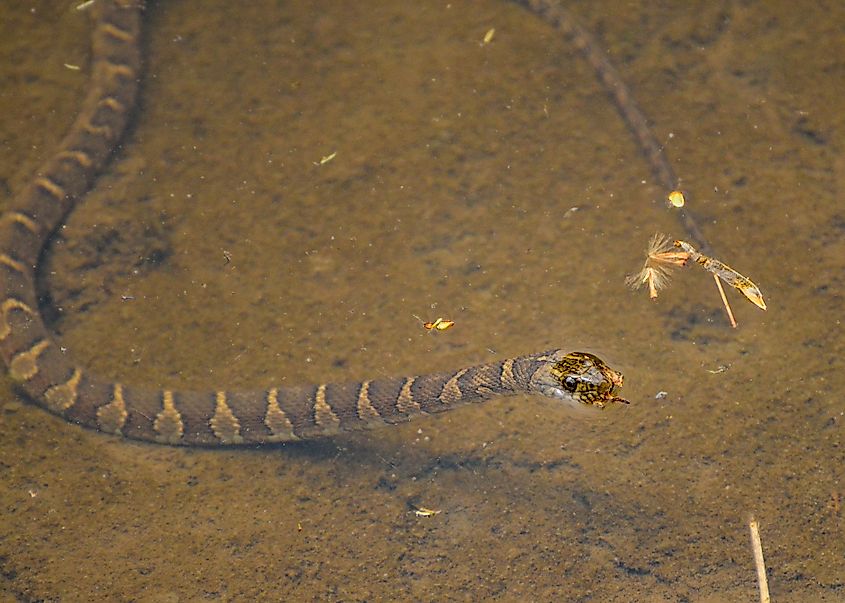
Also, flowing through the Ozark region, the Current River supports a significant snake population within its clear, clean waters and heavily wooded banks. Unlike slower, muddier rivers, the Current’s spring-fed flow creates cool, fast-moving water, yet snakes still find a way to thrive along its quieter eddies, gravel bars, and floodplain forests.
Northern water snakes are the most frequently encountered species, but copperheads can also be found in the rocky hillsides and dense vegetation near the river. It's also common to spot snakes swimming across the river's sometimes narrower channels or curled up along shaded banks. Canoeists and floaters who pull off onto secluded gravel bars or explore side streams are most likely to encounter them. Although most snakes along Current are non-venomous, their ability to blend into the surroundings may make them easy to overlook, so, as always, watch where you step.
Smithville Lake
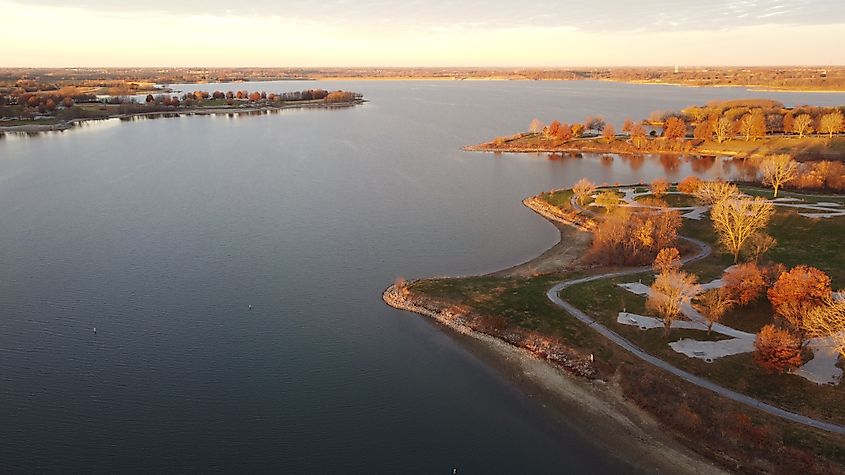
Located just 20 miles north of Kansas City, Smithville Lake spans 7,200 acres and offers 175 miles of shoreline. It is a surprisingly dense habitat for snakes despite being smaller than some of Missouri's other lakes. This area provides excellent access to fishing, hiking, mountain bike trails, and expansive woodlands that support a wide variety of wildlife, including snakes.
Dekay’s brownsnake is Smithville Lake's most frequently encountered species, especially near wooded areas and shaded trails. Western ratsnakes, common watersnakes, and garter snakes are also commonly spotted along the shoreline and in brushy areas. While less common, visitors may also encounter an eastern copperhead or timber rattlesnake in quieter parts of the lake. If you do, it is important to remain calm and give them space.
With so much shoreline and natural beauty, Smithville Lake is a favorite among outdoor enthusiasts. Just remember to stay aware and watch your step as you explore this peaceful but snake-rich landscape.
Table Rock Lake
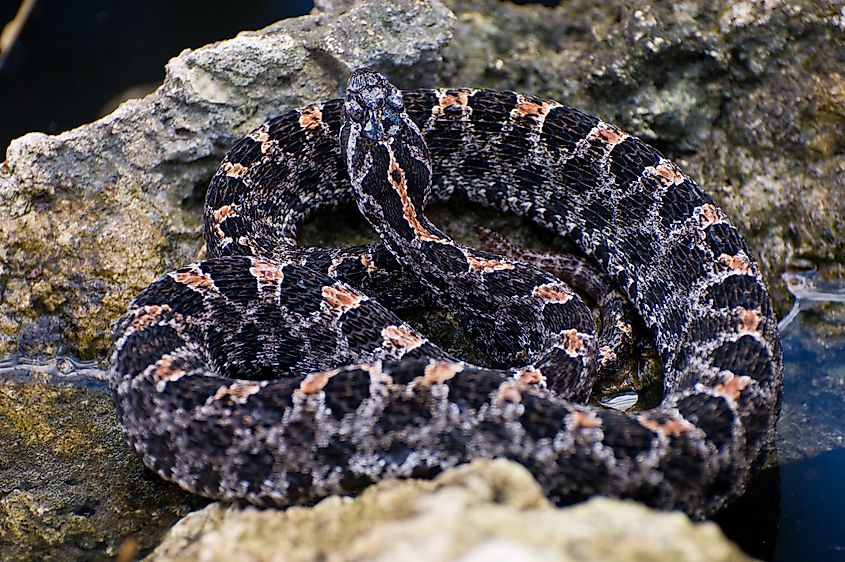
Table Rock Lake, located in the heart of the Ozark Mountains near Branson, is another iconic body of water in Missouri known for its diversity of species, including numerous snakes. This man-made lake’s rugged shoreline, filled with rocky outcrops, submerged trees, and quiet coves, creates an excellent habitat for the slithery creatures.
Like other lakes in the state, northern water snakes are abundant. Still, copperheads and even the occasional pygmy rattlesnake have been spotted in more isolated areas, especially where creeks feed into the lake. The clear waters here make sightings a little easier than in murkier lakes, too. Note that the remote, less developed arms of the lake have the highest concentration of activity. With that in mind, you should be cautious when walking along certain parts of its shoreline or retrieving fishing lures from shallow waters.
Mississippi River
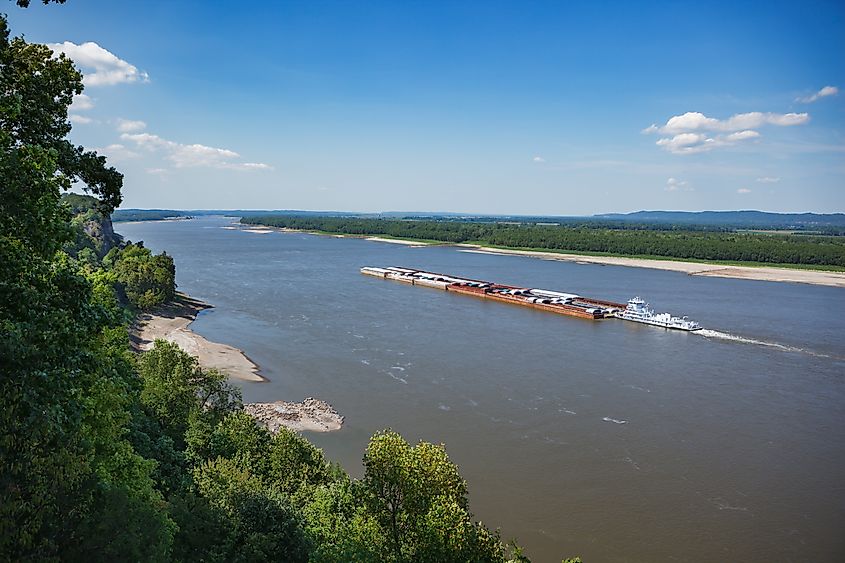
The Mississippi River runs along all of Missouri’s eastern border with Illinois, Kentucky, and Tennessee. It is a major habitat for snake species that thrive in its sections of large, slow-moving waters. This portion of the river is primarily known for its dense populations of northern water snakes, common garter snakes, and some cottonmouths in southern stretches.
Snakes often swim across this iconic river's various backwaters, sunning themselves on trees and deadfall, or hiding in debris fields created by seasonal flooding. Furthermore, the river’s oxbow lakes and marshy banks create countless more hiding places, making snake encounters a regular part of life for local fishermen, boaters, and hunters.
Although most snakes here are non-venomous, the cottonmouth's presence in the lower reaches demands particular caution. Water conditions also often obscure visibility, making it easy to get close to one of these snakes without noticing until it’s too late. So, whether fishing, hiking near the banks, or exploring nearby isolated islands, you should move carefully and stay alert while exploring the mighty Mississippi's extensive banks, preferably with someone who knows the area if you're visiting.
Stay Up to Date on Missouri's Snakes
While Missouri's collection of snake-filled waters might seem intimidating to some, they are also a vital part of the state’s natural ecosystem that ought to be protected. Snakes play an important role in controlling rodent populations and maintaining the balance of local habitats in various other ways. With the right precautions, such as staying alert and respecting the natural state of the environment here, you can safely explore these diverse water bodies today.
